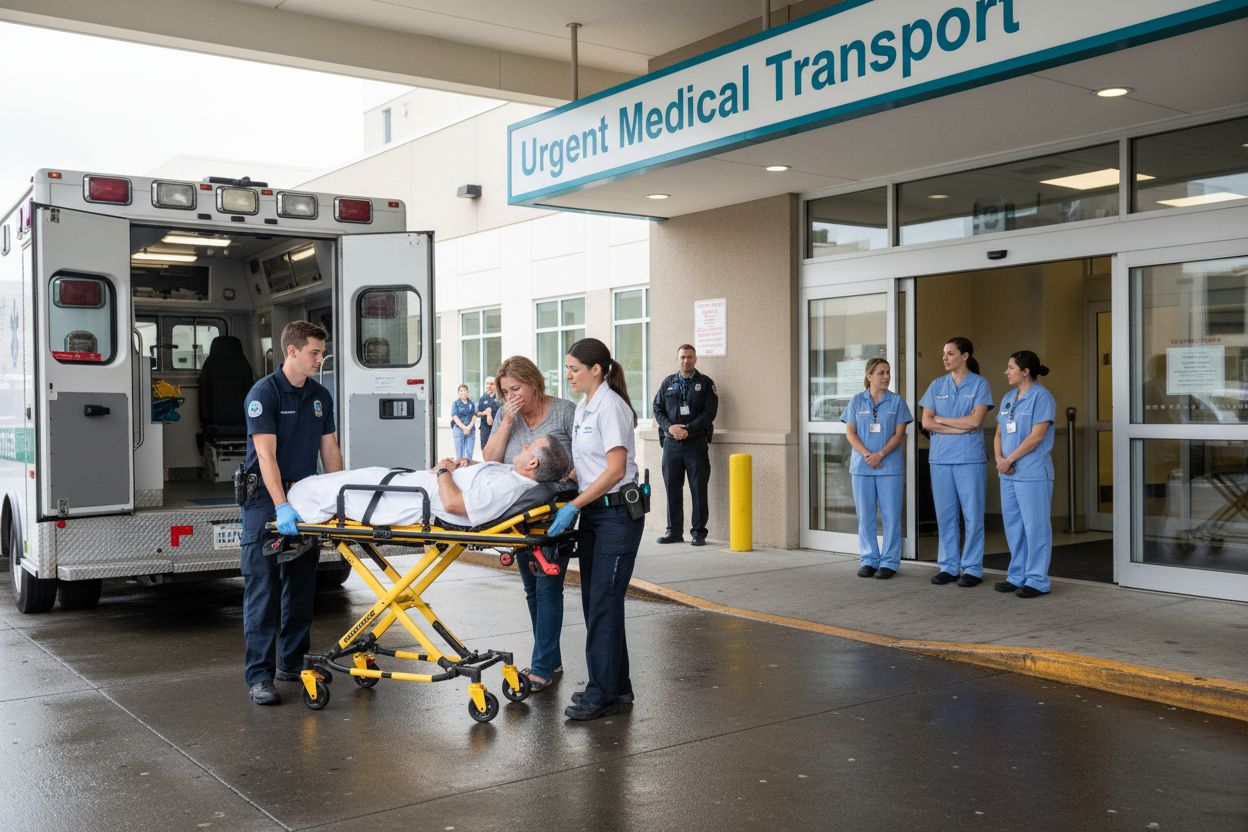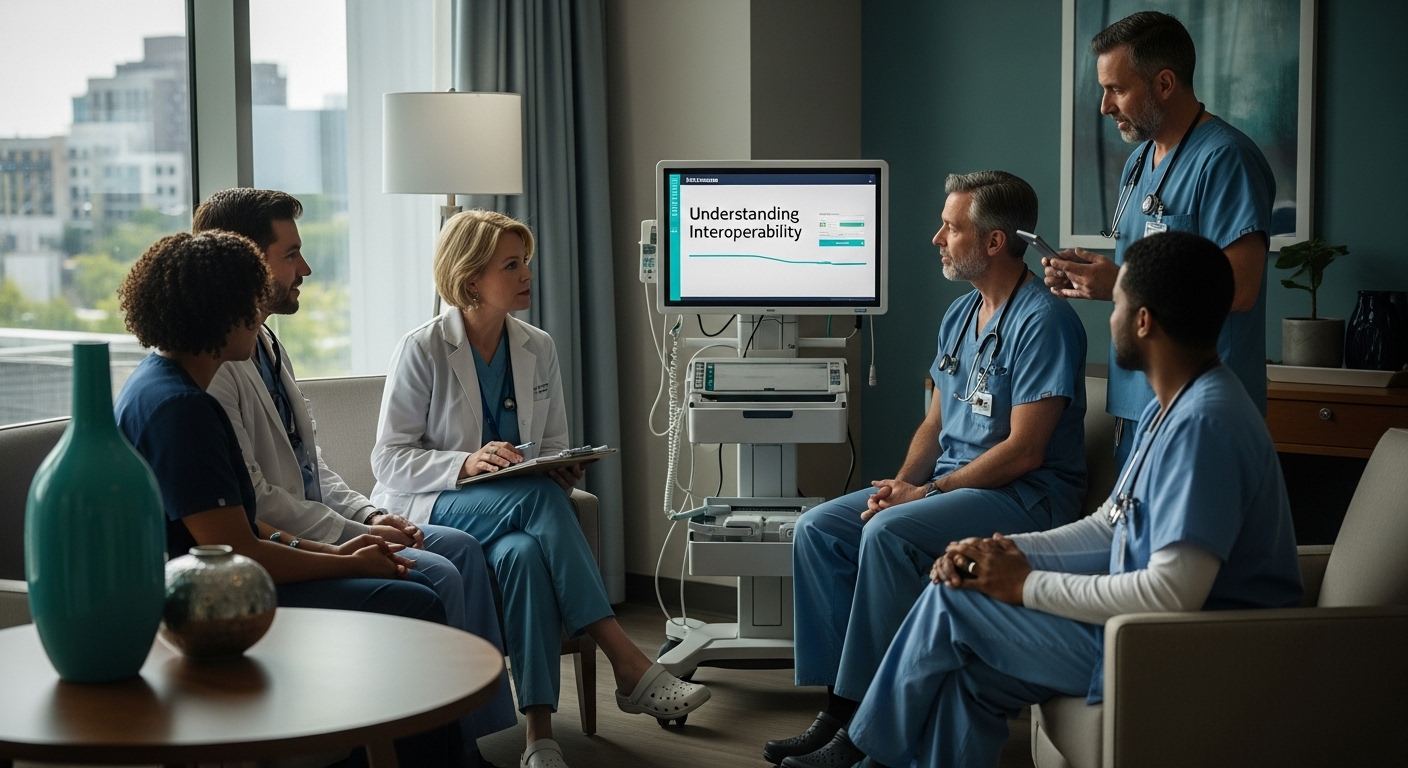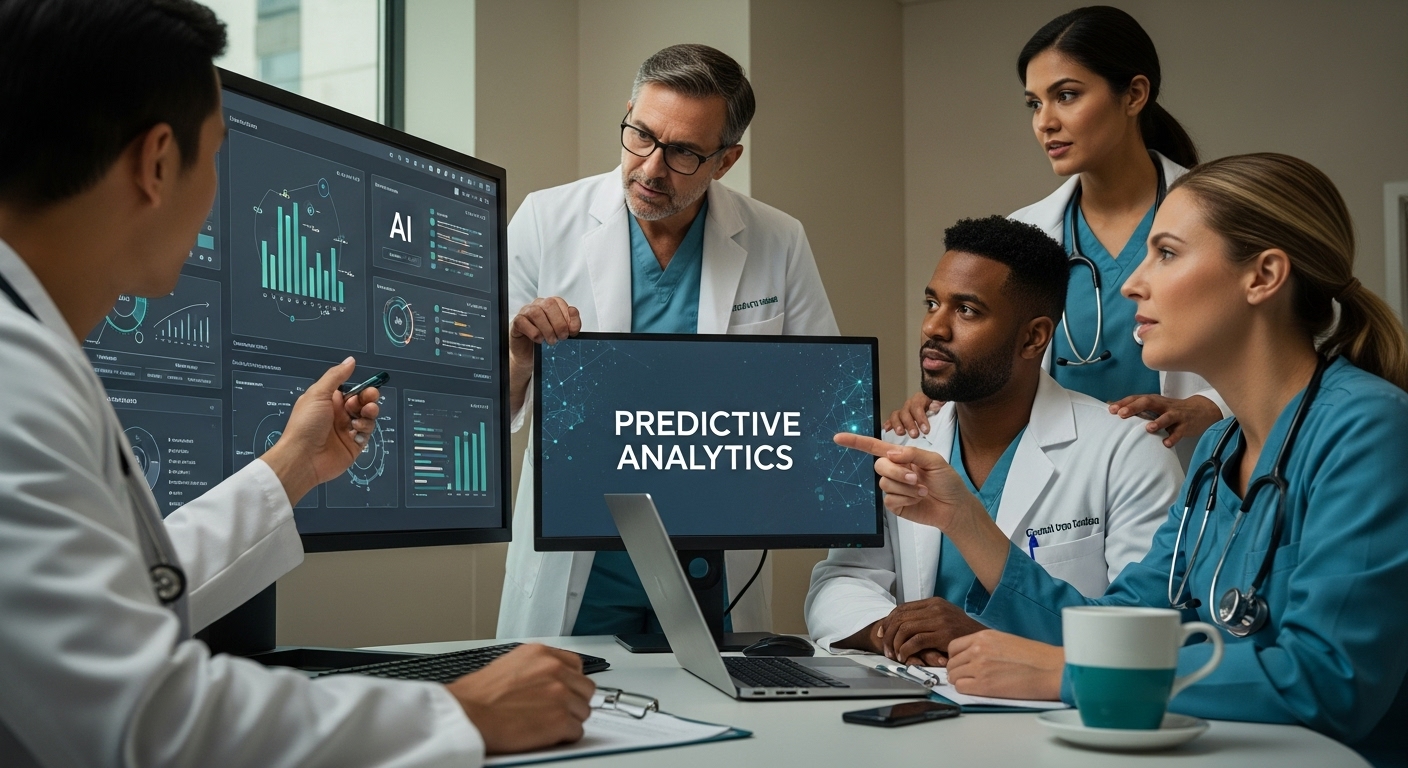Understanding Remote Monitoring Benefits in Healthcare
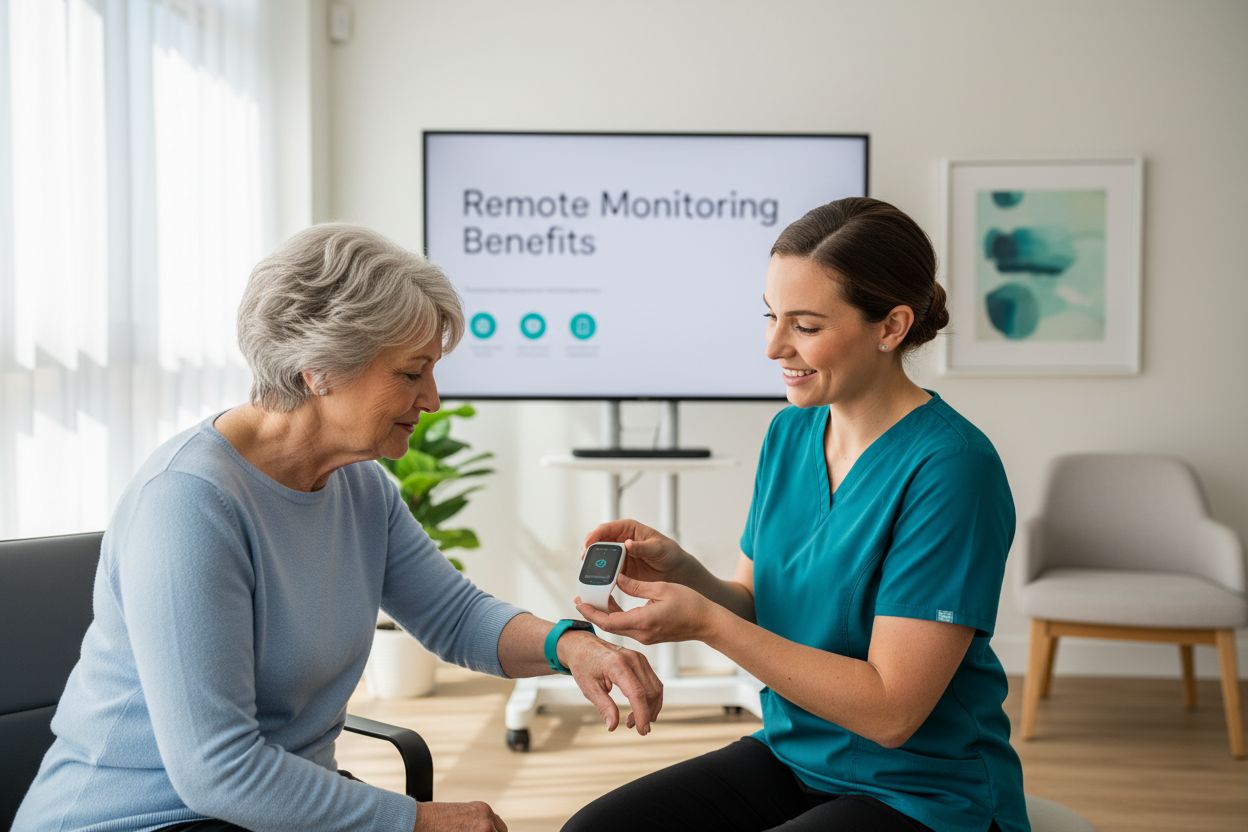
Remote monitoring in healthcare is changing how doctors and patients connect, making it possible to track important health data without stepping into a clinic. Here is something surprising. Nearly 88 percent of healthcare organizations in the US were already using some form of remote patient monitoring by 2021. Most people expect the big win to be convenience for patients, but the real breakthrough is what happens behind the scenes. Doctors can now spot health problems before they spiral out of control, saving lives and cutting hospital visits in ways that seemed impossible just a few years ago.
Table of Contents
- What Is Remote Monitoring In Healthcare?
- Why Remote Monitoring Matters For Patient Care
- How Remote Monitoring Technology Works
- Key Benefits Of Remote Monitoring Systems
- Real-World Applications Of Remote Monitoring
Quick Summary
| Takeaway | Explanation |
|---|---|
| Remote monitoring improves patient care | This technology enables healthcare providers to track vital signs continuously, allowing for timely interventions and proactive care. |
| Empowers patients with data access | Remote monitoring tools actively engage patients by providing feedback and insights, enhancing their involvement in their health management. |
| Cost savings through reduced hospital visits | By minimizing unnecessary treatments and emergency room use, remote monitoring lowers overall healthcare costs for patients and providers. |
| Supports chronic disease management | Continuous tracking allows for better management of chronic conditions, leading to improved patient outcomes and reduced risk of complications. |
| Enhances accessibility to healthcare services | Remote monitoring breaks down barriers, providing consistent medical attention to patients in rural and underserved areas without traditional constraints. |
What is Remote Monitoring in Healthcare?
Remote monitoring in healthcare represents a transformative technological approach that allows healthcare providers to track and manage patient health data outside traditional clinical settings. Remote patient monitoring enables continuous collection and transmission of critical patient health information using digital tools and connected medical devices.
Understanding the Core Concept
At its fundamental level, remote monitoring involves electronic systems that capture and transmit personal health metrics in real time. These systems might include wearable devices, smartphone applications, and specialized medical equipment designed to track various physiological parameters such as:
- Heart rate and rhythm
- Blood glucose levels
- Blood pressure
- Oxygen saturation
- Body temperature
Healthcare professionals can access this data remotely, allowing for more proactive and personalized patient care. The technology bridges geographical gaps, providing continuous health insights without requiring patients to be physically present in a medical facility.
The table below compares core components and features of remote monitoring technology in healthcare, clarifying how each element contributes to a comprehensive patient care ecosystem.
| Component | Description | Benefit to Patient Care |
|---|---|---|
| Wearable Devices | Track vital signs like heart rate, glucose, and physical activity | Enables continuous, real-time monitoring |
| Wireless Sensors | Capture specific physiological metrics such as blood pressure or oxygen | Precise data and timely detection |
| Smartphone Applications | Interface for patient feedback and insight | Improves engagement and self-management |
| Cloud Platforms | Store, process, and analyze patient data securely | Supports predictive analytics and early alerts |
| Encrypted Communication Channels | Securely transmit health data between devices and providers | Protects patient privacy and data integrity |
Key Technologies Enabling Remote Monitoring
Modern remote monitoring leverages advanced technologies to create comprehensive health tracking ecosystems. Wireless sensors, Internet of Things (IoT) devices, and secure cloud platforms work together to enable seamless data transmission and analysis. Learn more about our approach to patient logistics and monitoring solutions.
These interconnected systems transform healthcare from a reactive model to a predictive and preventative approach. By continuously monitoring patient health parameters, medical professionals can detect potential issues earlier, implement timely interventions, and reduce the likelihood of complications. This proactive strategy not only improves patient outcomes but also significantly reduces healthcare costs associated with emergency treatments and prolonged hospital stays.
Why Remote Monitoring Matters for Patient Care
Remote monitoring has emerged as a critical strategy in modern healthcare, fundamentally transforming how medical professionals approach patient care and management. Research demonstrates that this technology significantly improves health outcomes by enabling continuous, proactive healthcare interventions.
Enhanced Chronic Disease Management
For patients with chronic conditions like diabetes, hypertension, and heart disease, remote monitoring provides unprecedented insights into their health status. These technologies allow healthcare providers to:
- Track vital signs in real time
- Detect potential health complications early
- Adjust treatment plans rapidly
- Reduce unnecessary hospital visits
- Minimize risk of severe health episodes
By providing continuous data streams, remote monitoring transforms chronic disease management from reactive to predictive, giving patients and doctors more control over health trajectories.
Patient Empowerment and Engagement
Remote monitoring tools do more than collect data they actively engage patients in their healthcare journey. Explore how integrated patient care technologies can improve health outcomes. These digital platforms offer patients immediate feedback, personalized health insights, and a sense of active participation in their treatment.
Moreover, remote monitoring reduces healthcare accessibility barriers. Patients in rural areas, those with mobility challenges, or individuals with demanding schedules can now receive consistent medical attention without traditional clinic constraints. This approach democratizes healthcare, ensuring more comprehensive and inclusive medical support across diverse population segments.
How Remote Monitoring Technology Works
Remote monitoring technology operates through a sophisticated network of interconnected digital systems that capture, transmit, and analyze patient health data. Healthcare technology research highlights the complex ecosystem of devices, networks, and analytical platforms that enable continuous health tracking.
Data Collection and Sensor Technologies
At the core of remote monitoring are advanced sensor technologies embedded in various medical and wearable devices. These intelligent sensors are designed to capture precise physiological measurements with remarkable accuracy:
- Wearable fitness trackers monitoring heart rate
- Continuous glucose monitors for diabetic patients
- Blood pressure cuffs with wireless transmission capabilities
- Smart patches tracking respiratory rates
- Implantable cardiac monitoring devices
Each device is engineered to collect specific health metrics, converting complex biological signals into digital data streams that can be instantly transmitted and analyzed.
Secure Data Transmission and Cloud Processing
Once collected, patient data is securely transmitted through encrypted communication channels to cloud-based healthcare platforms. Learn more about our approach to integrated patient care technologies. These platforms utilize advanced machine learning algorithms to process massive volumes of health information, identifying patterns, anomalies, and potential health risks in real time.
The technological infrastructure ensures data privacy, compliance with healthcare regulations, and provides healthcare professionals with comprehensive, actionable insights. By transforming raw health data into meaningful, predictive information, remote monitoring technology bridges the gap between passive data collection and proactive healthcare intervention.
Key Benefits of Remote Monitoring Systems
Remote monitoring systems represent a groundbreaking approach to healthcare delivery, offering numerous advantages that transform patient care and clinical management. Research indicates that these technologies provide significant improvements across multiple healthcare dimensions.
Enhanced Patient Outcomes and Early Intervention
One of the most critical benefits of remote monitoring systems is their ability to enable proactive healthcare management. These technologies provide continuous health tracking that allows medical professionals to detect potential health issues before they become serious complications:
- Immediate detection of abnormal vital signs
- Rapid response to emerging health trends
- Reduced risk of hospital readmissions
- Personalized treatment adjustments
- Continuous health status assessment
By providing real-time insights, remote monitoring systems shift healthcare from a reactive to a predictive model, ultimately improving patient survival rates and quality of life.
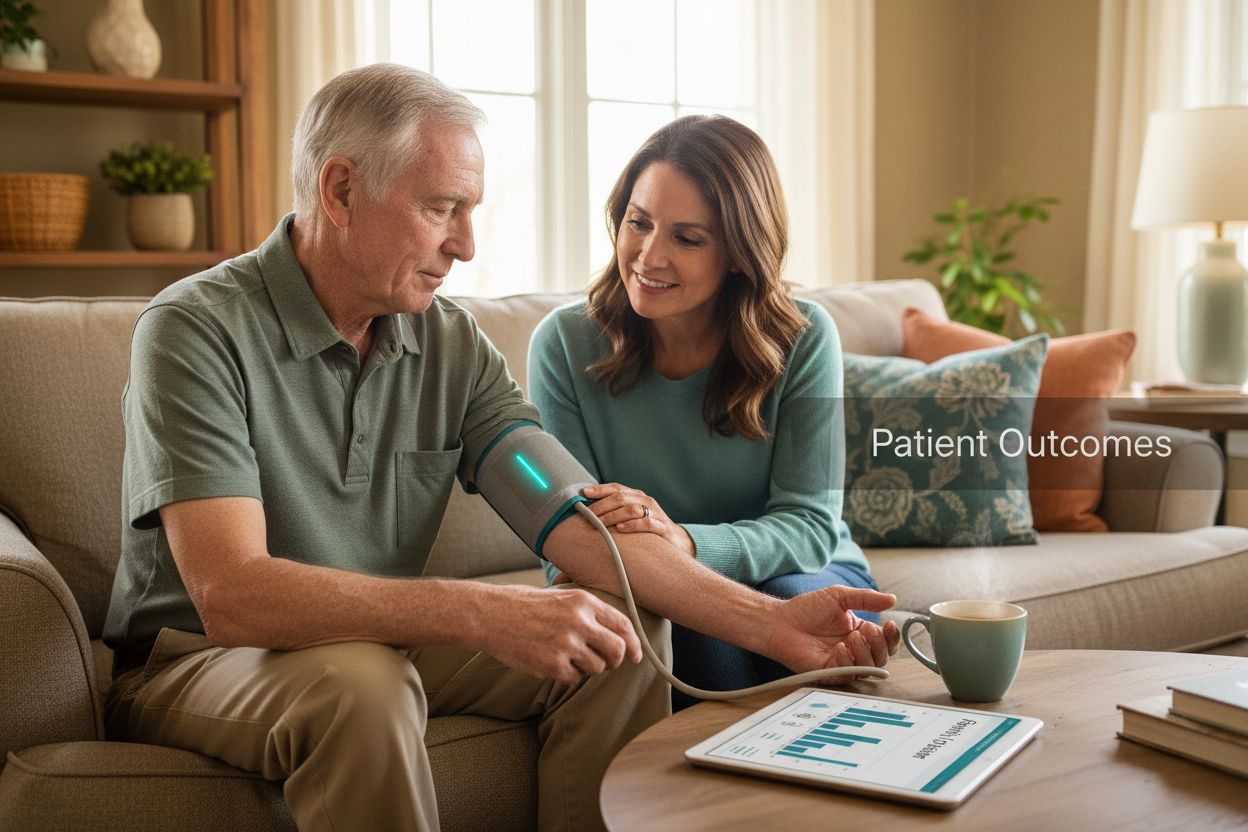
Cost-Effective Healthcare Delivery
Remote monitoring systems dramatically reduce healthcare expenses by minimizing unnecessary medical interventions and hospital visits. Explore our innovative approach to patient care technologies. These systems offer economic benefits for both healthcare providers and patients by:
- Decreasing emergency room utilization
- Reducing long-term care costs
- Minimizing transportation expenses for patients
- Optimizing healthcare resource allocation
- Preventing costly health complications
The financial advantages of remote monitoring extend beyond immediate cost savings, representing a fundamental transformation in healthcare economic models.
This table outlines key benefits of remote monitoring systems in healthcare, providing a quick reference for how these technologies impact patients, providers, and the healthcare system.
| Benefit | Impact on Healthcare | Example Outcome |
|---|---|---|
| Early Detection of Health Issues | Enables proactive management | Fewer emergency hospital admissions |
| Personalized Treatment Adjustments | Supports dynamic and data-driven care plans | Improved patient outcomes |
| Reduced Hospital Readmissions | Decreases need for repeat inpatient care | Lower healthcare costs |
| Cost Savings | Minimizes unnecessary procedures and visits | Financial relief for providers and patients |
| Improved Access in Rural Areas | Overcomes location and mobility barriers | More consistent care for underserved groups |
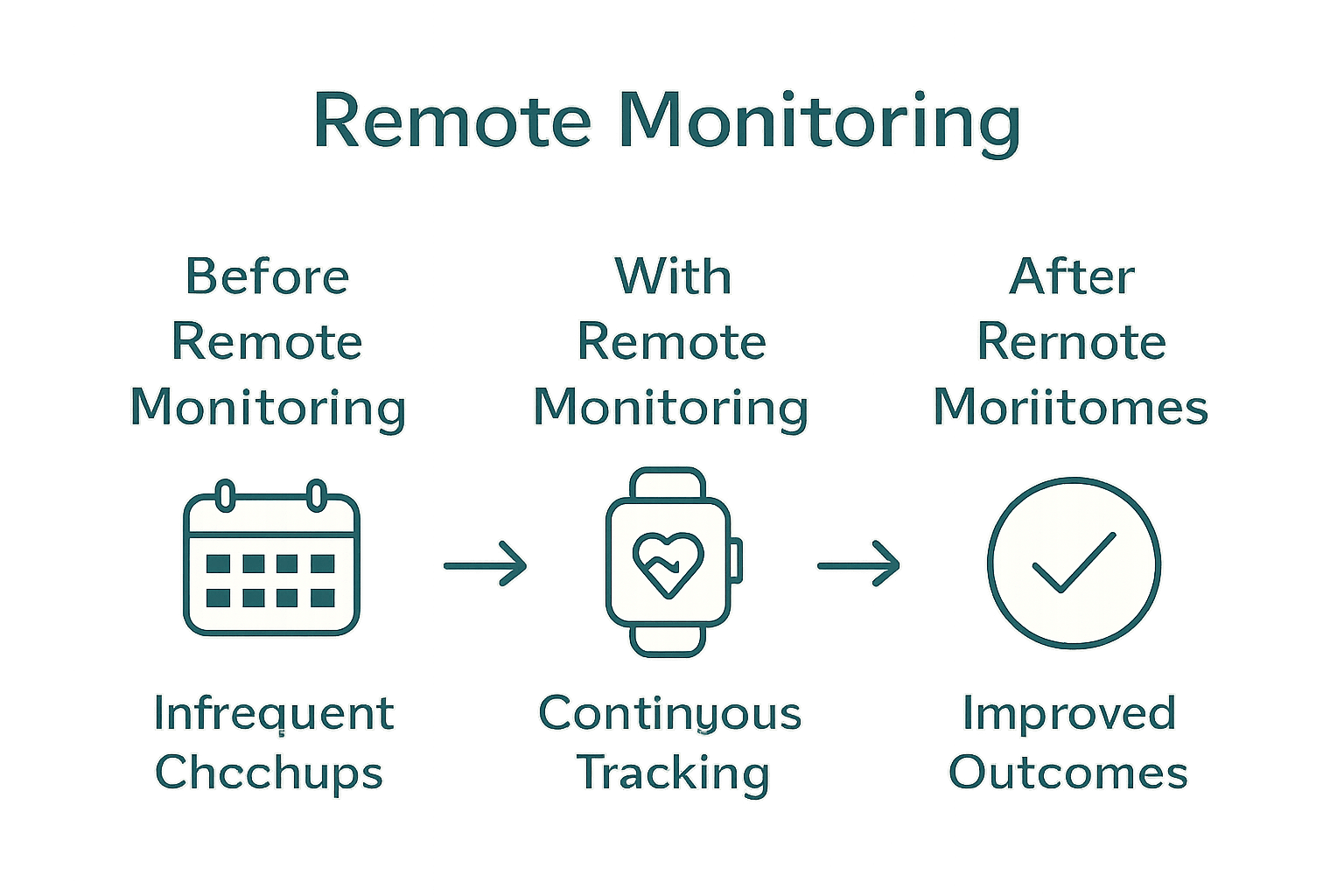
Real-World Applications of Remote Monitoring
Remote monitoring technologies have rapidly expanded across diverse healthcare settings, demonstrating remarkable versatility in addressing complex medical challenges. Clinical studies show these systems are transforming patient care across multiple medical domains.
Chronic Disease Management
For patients with chronic conditions, remote monitoring represents a revolutionary approach to long-term health management. These technologies provide continuous tracking and support for complex medical conditions:
- Diabetes glucose level monitoring
- Cardiac health tracking for heart disease patients
- Respiratory condition management
- Continuous medication adherence tracking
- Blood pressure regulation for hypertension patients
By enabling real-time data collection, healthcare providers can make immediate interventions, preventing potential health complications and improving overall patient outcomes.
Specialized Healthcare Scenarios
Beyond chronic disease management, remote monitoring demonstrates exceptional utility in specialized healthcare contexts. Explore our integrated patient care technologies that support diverse medical scenarios. These include post-surgical recovery tracking, managing high-risk pregnancies, monitoring elderly patients with limited mobility, and providing comprehensive care for patients in rural or underserved areas.
The technology’s adaptability allows healthcare systems to extend medical support beyond traditional clinical environments, creating more comprehensive and accessible healthcare solutions that prioritize patient comfort and continuous monitoring.
Take Control of Patient Outcomes with Smart Remote Monitoring Logistics
Is your healthcare team facing challenges with fragmented patient data and delayed interventions? The article highlighted how remote monitoring can reduce emergency visits and provide continuous insights, but truly unlocking these benefits requires seamless coordination across different care settings and stakeholders. Without a platform that unifies data, communications, and logistics, vital health information may get lost, delaying urgent care or increasing operational costs.
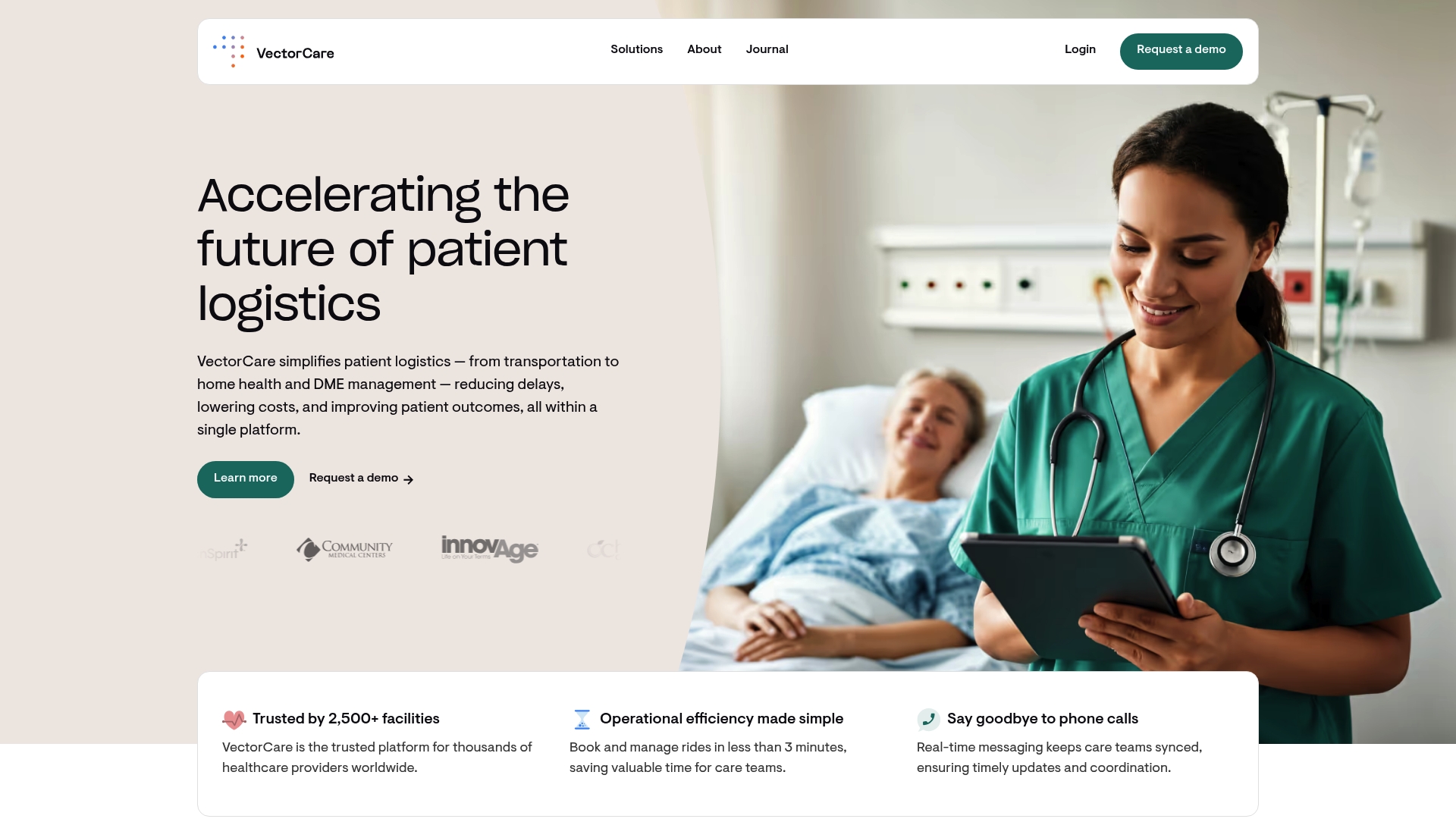
VectorCare’s comprehensive digital platform solves these pain points by connecting all the components of remote patient management in a single, secure workflow. Empower your staff with real-time scheduling, automated dispatch, efficient transportation coordination, and secure data sharing—all essential for delivering the proactive, integrated care that remote monitoring promises. Ready to drive better health outcomes and maximum efficiency? Visit VectorCare now to see how our platform can elevate your remote monitoring strategy and help you act faster, save costs, and improve patient lives today.
Frequently Asked Questions
What is remote monitoring in healthcare?
Remote monitoring in healthcare involves using digital tools and connected medical devices to collect and transmit patient health data outside traditional clinical settings. This allows healthcare providers to track vital health metrics in real time.
How does remote monitoring improve patient outcomes?
Remote monitoring enhances patient outcomes by enabling proactive healthcare management, allowing for early detection of health issues, personalized treatment adjustments, and continuous health status assessment, which reduces the risk of serious complications.
What technologies are used in remote monitoring?
Remote monitoring utilizes advanced technologies such as wearable devices, smartphone applications, wireless sensors, and cloud-based platforms to collect, transmit, and analyze patient health data securely and accurately.
What are the benefits of remote monitoring for chronic disease management?
Remote monitoring offers benefits such as continuous tracking of vital signs, early detection of potential complications, rapid adjustments to treatment plans, and reducing unnecessary hospital visits, which ultimately empowers patients and improves their quality of life.
